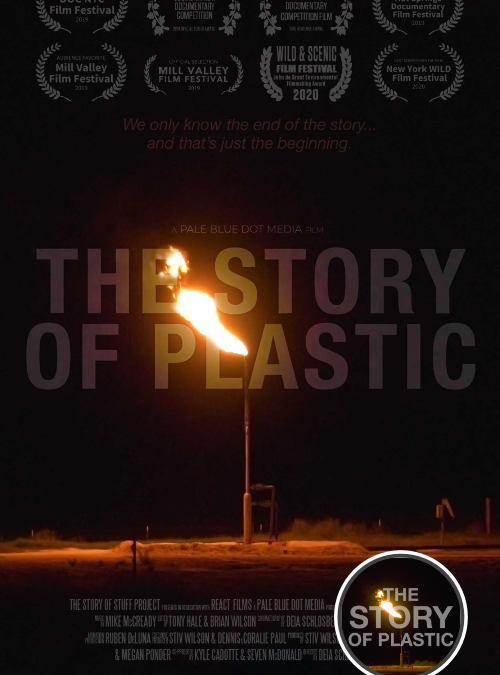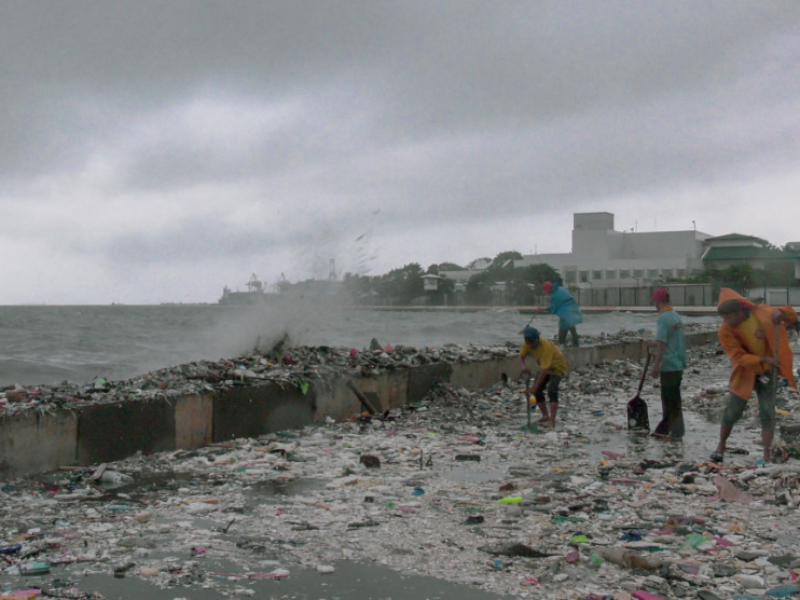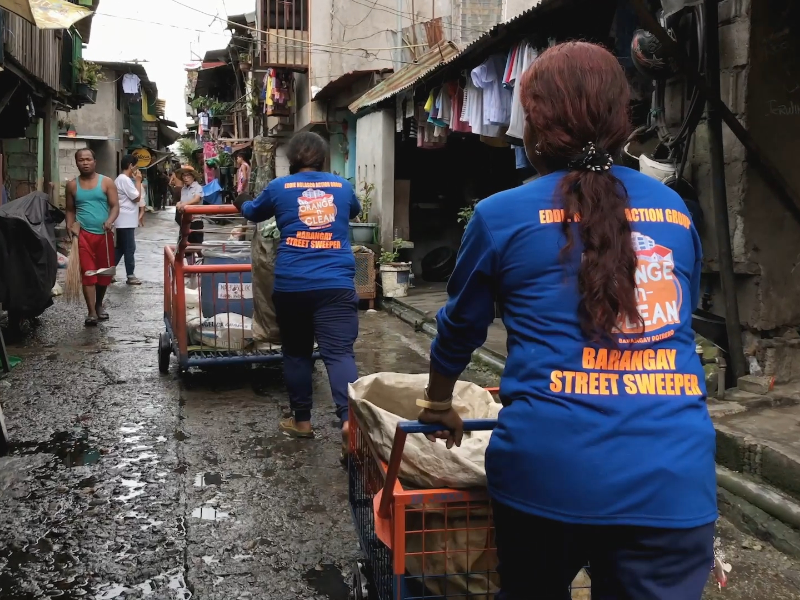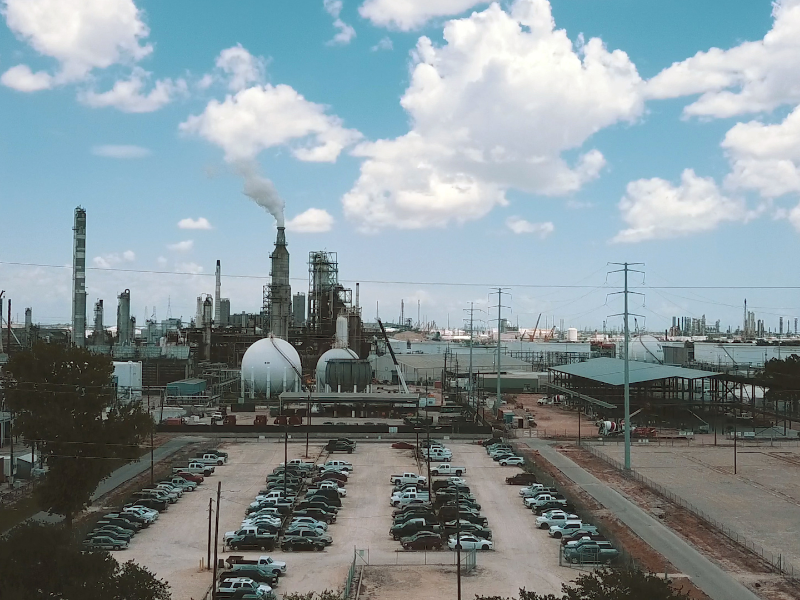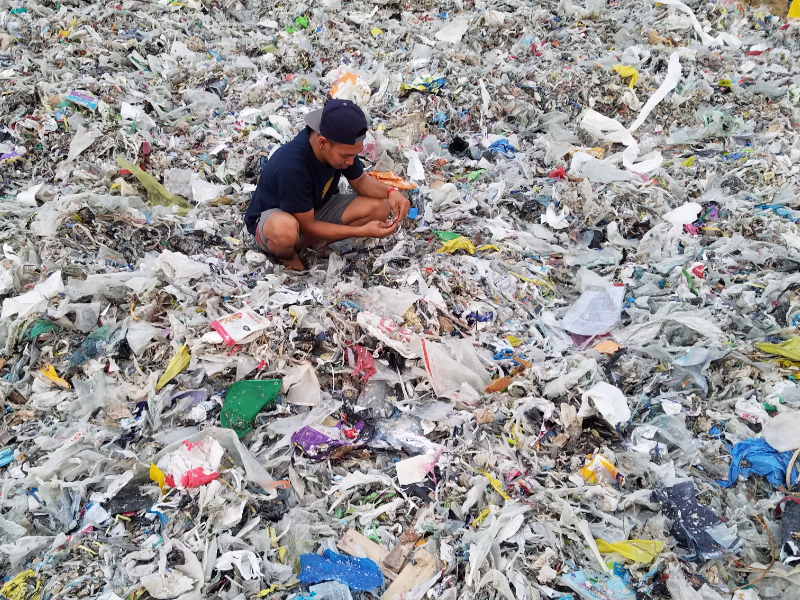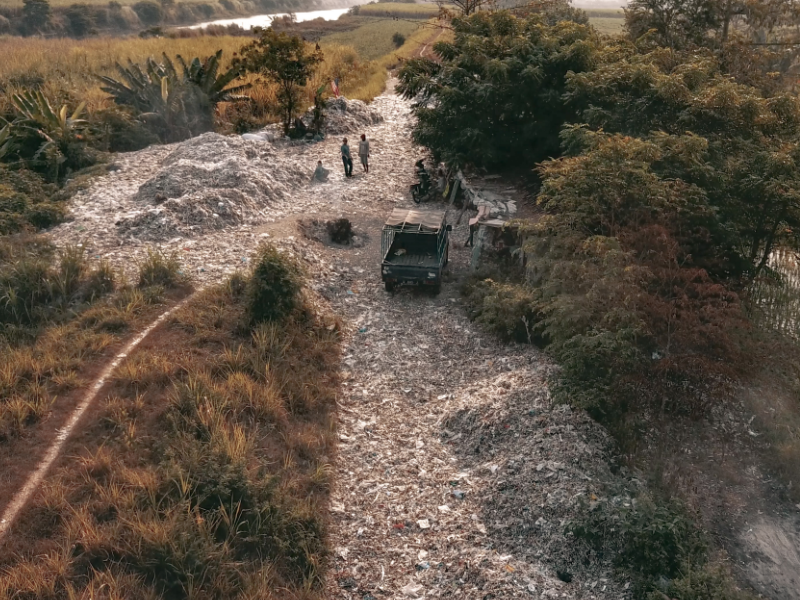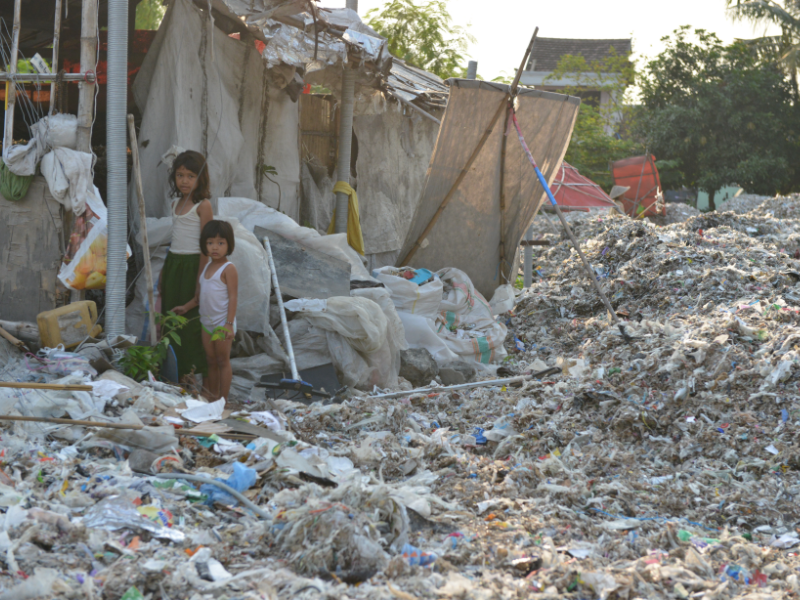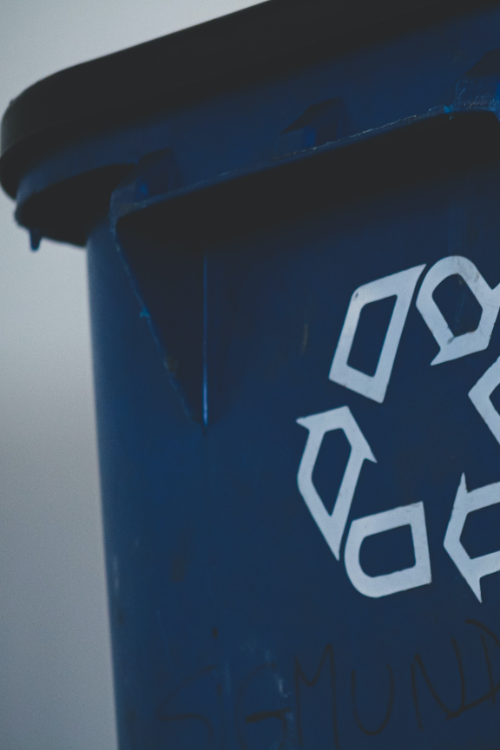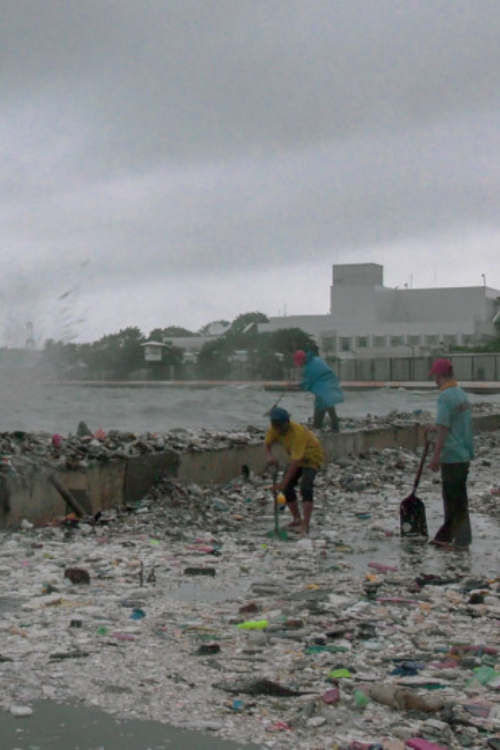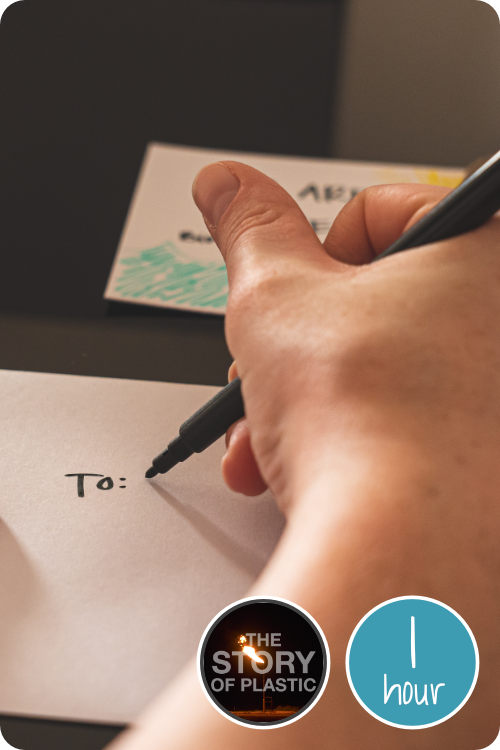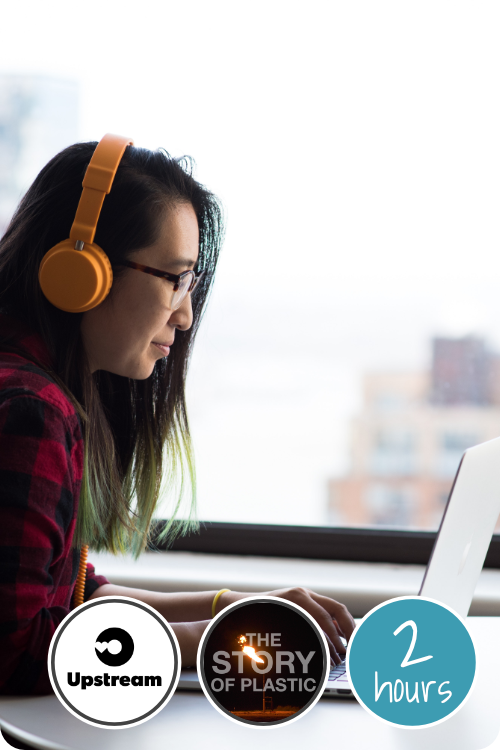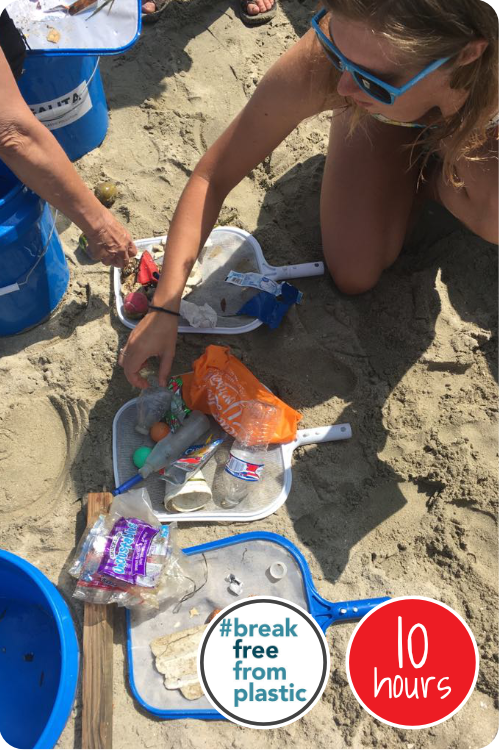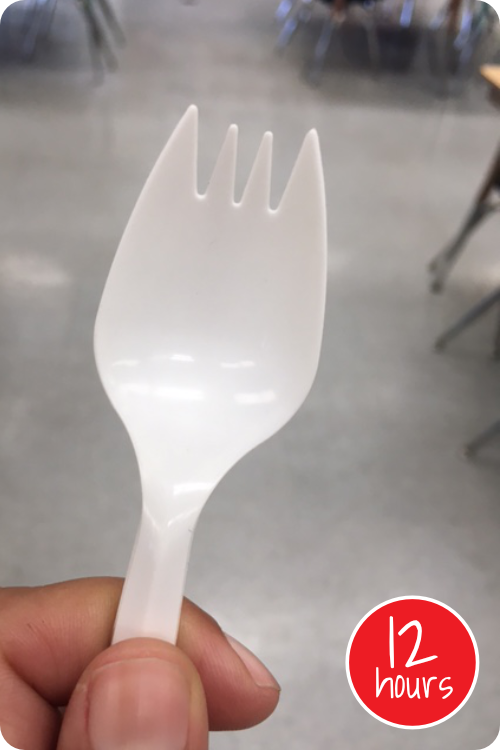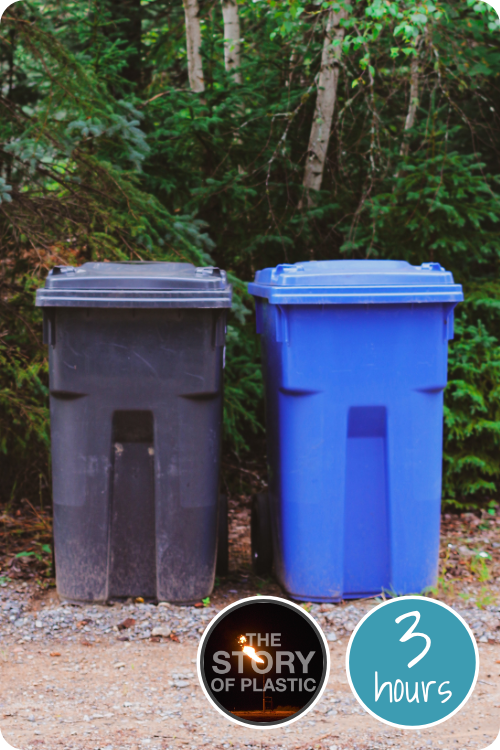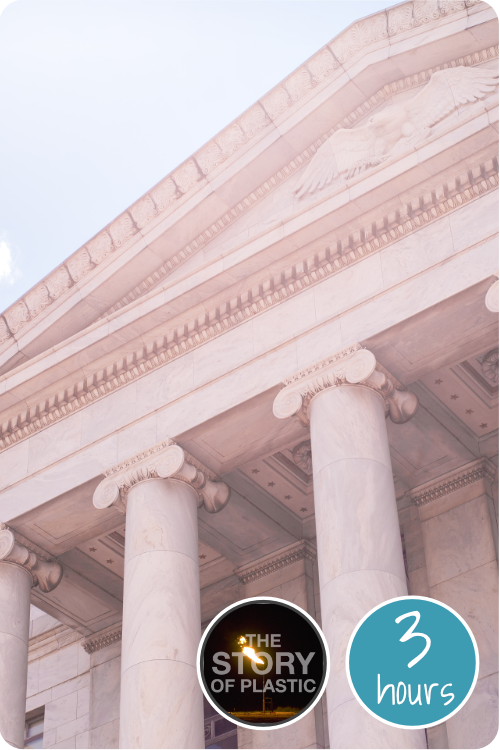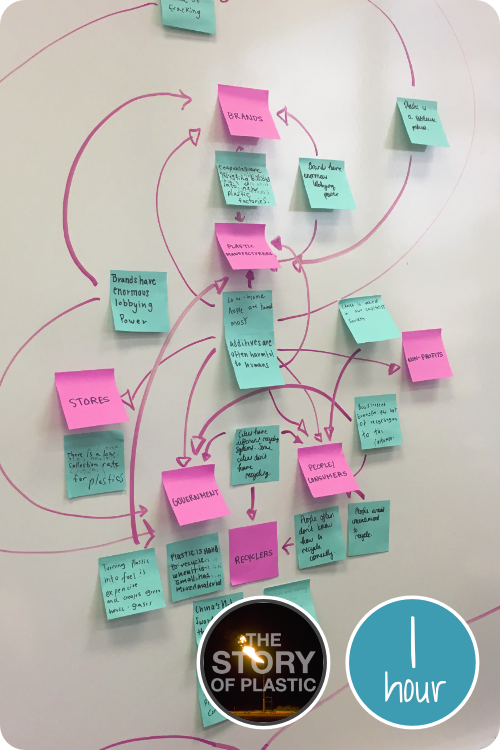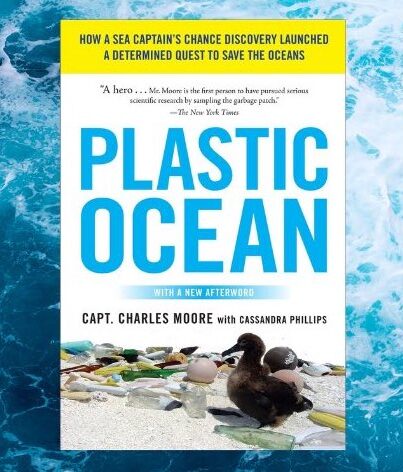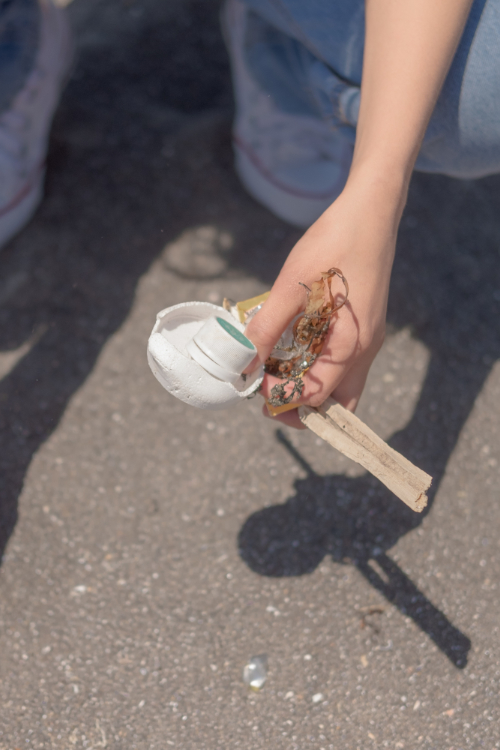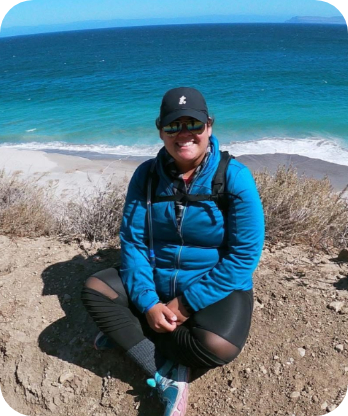
Toolkit
Photo credit: The Story of Plastic
This feature-length Emmy-winning documentary reveals the human side of the plastic problem.
Grades 8 and up
Time Needed 2 hours (90 min screening time)
Toolkit Details
How do I screen the film in my classroom?
The documentary is available on Amazon (S1 E1 is the full film) for $2.99, on Apple TV, Xfinity video-on-demand, Kanopy.org (log in with library card for free viewing) or through The Story of Stuff website.
Need help to cover the streaming cost?
Email us at wayfinder [at] algalita.org.
What is in the Story of Plastic Toolkit?
Resources for using the Story of Plastic Documentary in your classroom – see below
Guides and Editable Handouts
The Story of Plastic – Stop and Jot Worksheet – Google Doc
The Story of Plastic – Algalita’s Classroom Experience Guide – PDF
The Story of Plastic – Algalita’s Guía de Experiencia en el Salon de Clases – PDF
The Story of Plastic – Classroom Experience Planner – Google Doc
Format Suitable for group or individual learning
Purpose and Context
This film dives into the impacts of plastic production and disposal on human communities around the world. This alternative focus on humans instead of the environment is an important shift that we need to embrace to be able to address the issue of plastic pollution responsibly. Overall, this documentary is a tool used to coordinate international efforts to address plastic pollution.
Instructions
Prepare
- Download the The Story of Plastic – Stop and Jot Worksheet – Google Doc. Print 1 copy per student or upload to your Learning Management System. Students can use the Stop and Jot worksheet to record their emotional reactions and thoughts during or after the film.
- Browse the The Story of Plastic – Algalita’s Classroom Experience Guide – PDF to find many follow up activities. These are organized and centered around processing the film content, helping students process their emotions and reactions to the film, diving deeper into the solutions, and taking local and political action. The guide is also available in Spanish. La guía está disponible en español. The Story of Plastic – Algalita’s Guía de Experiencia en el Salon de Clases – PDF
- Use the The Story of Plastic – Classroom Experience Planner – Google Doc to inspire your own unique Story of Plastic Classroom Experience.
Walkthrough Presentation
View this presentation on how to use our Classroom Experience Guide for a successful screening of The Story of Plastic in your class.
Tips and Suggestions
There is striking footage in the film, which, while not violent or inappropriate, can be hard to watch. Make sure the film is appropriate for your students before screening in class.
Remember to tell your students, there are thousands of adults and young people across the globe working to solve this systemic problem. We’re all in this together! Join in!
Associated Standards
NGSS
- MS-PS 1-3 Gather and make sense of info to describe that synthetic materials come from natural resources and impact society.
- HS-ETS 1-1 Analyze a major global challenge to specify qualitative and quantitative criteria and constraints for solutions that account for societal needs and wants.
AP Environmental Science:
- 6.5 Fossil Fuels ENG-3.F Describe the effects of fossil fuels on the environment. ENG-3.F.1 Hydrologic fracturing (fracking) can cause groundwater contamination and the release of volatile organic compounds.
- 7.1 Introduction to Air Pollution
- 8.1 Sources of Pollution
- 8.2 Human Impacts on Ecosystems
- 8.9 Solid Waste STB-3.K.2 Solid waste is most often disposed of in landfills. Landfills can contaminate groundwater and release harmful gases. STB-3.L.2 Solid waste can also be disposed of through incineration, where waste is burned at high temperatures. This method significantly reduces the volume of solid waste but releases air pollutants. STB-3.L.3 Some items are not accepted in sanitary landfills and may be disposed of illegally, leading to environmental problems. One example is used rubber tires, which when left in piles can become breeding grounds for mosquitoes that can spread disease. STB-3.L.4 Some countries dispose of their waste by dumping it in the ocean. This practice, along with other sources of plastic, has led to large floating islands of trash in the oceans. Additionally, wildlife can become entangled in the waste, as well as ingest it.
- 8.10 Waste Reduction Methods STB-3.M Describe changes to current practices that could reduce the amount of generated waste and their associated benefits and drawbacks. STB-3.M.2 Recycling is one way to reduce the current global demand on minerals, but this process is energy-intensive and can be costly. STB-3.M.3 Composting is the process of organic matter such as food scraps, paper, and yard waste decomposing. The product of this decomposition can be used as fertilizer. Drawbacks to composting include odor and rodents.
Did you use this toolkit?
Help us track our reach
Related Resources
Lesson: How and where are plastics made?
Find out how plastics are produced in the US and find out how it impacts communities using geography tools like our GIS interactive map.
Co-created with FracTracker Alliance
Grades 7 and up
30 to 60 minutes
Lesson: Can it be recycled?
Find out why less than 10% of plastic gets recycled globally and what we can do about it.
Grades 5 and up
60 to 90 minutes
Lesson: How is plastic production connected to climate change?
Analyze how plastics production contributes to greenhouse gas emissions using our interactive map.
Co-created with FracTracker Alliance
Grades 9 and up
60 to 90 minutes
Standards Alignment Guide: AP Environmental Science Unit 8
This guide outlines our suggestions for how to incorporate our resources into your APES Unit 8 curriculum.
Grades 10 to 12
2 to 6 hours
Help your students take action with these Wayfinder Society Actions!
Write to a Hero in the Film: The Story of Plastic
Write a letter to a hero in The Story of Plastic film to thank them for sharing their story.
The Story of Plastic - Host a Screening
Host a virtual screening of The Story of Plastic documentary.
Explore Uplifting Solutions
Learn from experts about how we can address plastic pollution locally and globally.
Conduct a #BreakFreeFromPlastic Brand Audit
Get started with one of BFFP's biggest campaigns.
Banish the Spork Packet
Transition your cafeteria away from wasteful spork packets.
Support the Break Free From Plastic Pollution Act
Sign your support for this incredible nation-wide bill on plastics.
Inspire Change in Restaurants
Educate your favorite local restaurant on how they can reduce plastics.
Find out: What happens to my trash?
Find out how plastic waste is managed in your community.
Map Out My Local Government
Find out how your local government is structured.
The Story of Plastic – System Mapping
Learn about and map out how plastic influences our world: our choices, planet, health, and social systems.
Explore more
The Story of Plastic (Animated Short)
A brief introduction to the issue of plastic pollution, produced by Story of Stuff.

